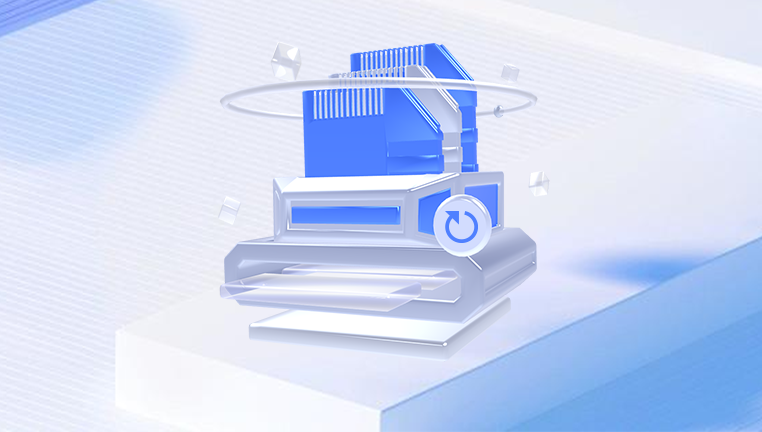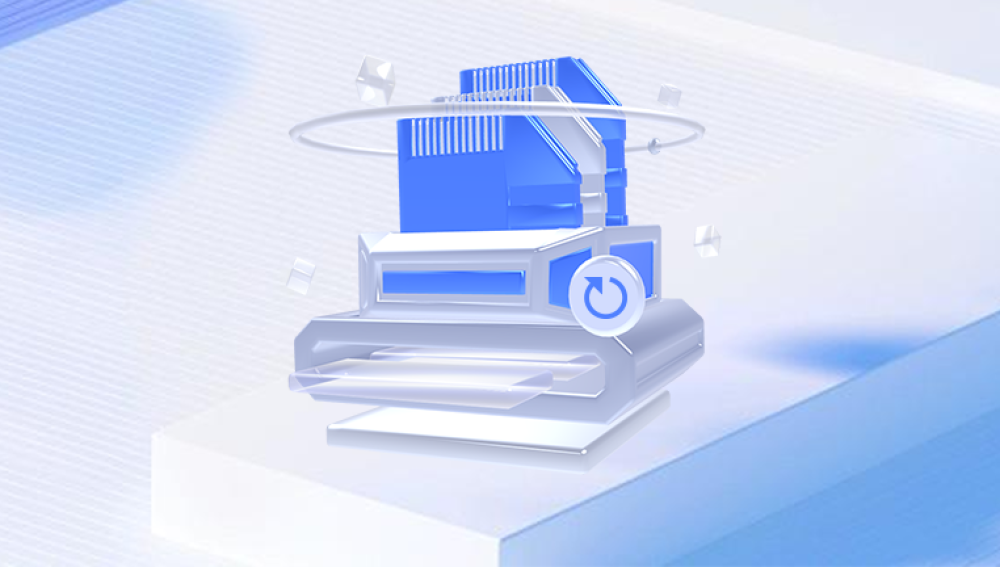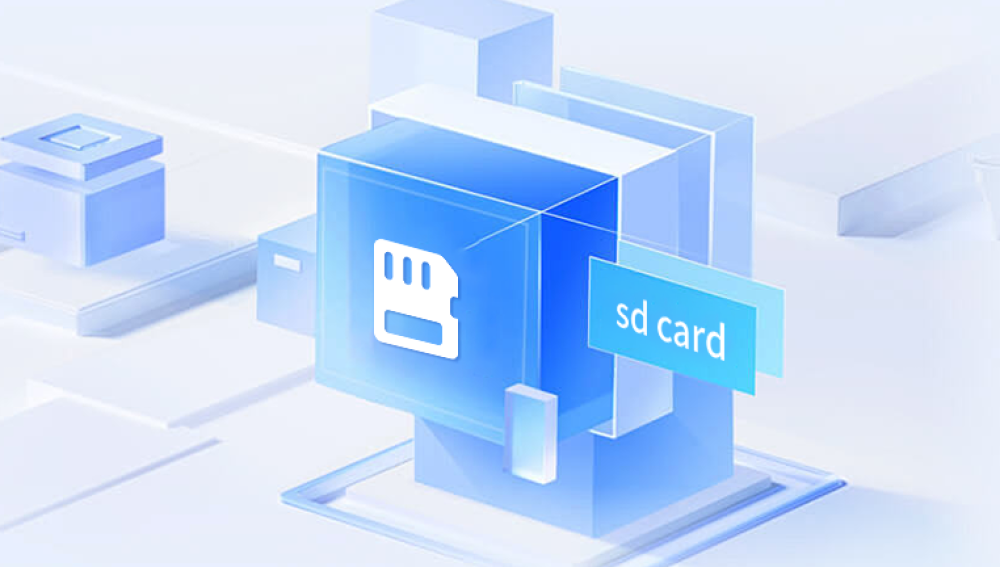Formatting an SD card is an essential maintenance task for photographers and videographers. It ensures optimal performance, clears unwanted files, and helps prevent errors.
1. Importance of Formatting
What is Formatting?
Formatting an SD card involves preparing the card for use by creating a file system that the camera can read. This process erases all data on the card and sets up a fresh file structure.
Benefits of Formatting
Removes Unwanted Files: Over time, SD cards can accumulate unwanted files, including partial videos, corrupted images, or old project files. Formatting clears these files.
Prevents Errors: Regularly formatting your card can help prevent read/write errors and other issues that may arise from improper usage.
Improves Performance: A freshly formatted card often performs better, allowing for faster write speeds and more reliable storage.

2. When to Format Your SD Card
Before a Major Shoot: Always format your SD card before an important photoshoot to ensure that no old files interfere with your current project.
After Backing Up Files: After successfully transferring files to your computer or cloud storage, formatting the SD card clears space for new content.
When Experiencing Issues: If your camera starts displaying error messages related to the SD card, formatting may resolve the issue.
After Using in Multiple Devices: If you've used your SD card in different devices (e.g., cameras, drones, smartphones), formatting ensures compatibility.
3. Types of Cameras and Their Formatting Procedures
Different cameras have unique interfaces and processes for formatting SD cards. Understanding these differences is crucial for a smooth experience.
DSLR Cameras
DSLRs typically have intuitive menus that allow users to format their SD cards easily. The process usually involves navigating through the camera's settings.
Mirrorless Cameras
Similar to DSLRs, mirrorless cameras provide a user-friendly interface for formatting SD cards. They often include additional settings for managing files and storage.
Point-and-Shoot Cameras
These cameras generally have straightforward menus. Formatting an SD card in a point-and-shoot camera is often just a few clicks away.
Action Cameras
Action cameras may have a slightly different approach to formatting, especially if they are designed to be used in rugged environments. Understanding your specific model is key.
4. Step-by-Step Formatting Guide for Different Cameras
DSLR Cameras
Turn On the Camera: Ensure your camera is powered on.
Access the Menu: Press the “Menu” button to enter the settings menu.
Navigate to the Setup Menu: Use the directional buttons to find the setup or settings option (often represented by a wrench or gear icon).
Select Format Option: Look for the “Format” option and select it.
Confirm Formatting: You may be prompted to confirm the action. Choose “Yes” or “OK” to proceed. Your camera will format the SD card.
Mirrorless Cameras
Power Up: Turn on your camera.
Menu Access: Press the “Menu” button.
Locate Settings: Navigate to the settings menu, often indicated by a gear icon.
Find Format: Scroll to the “Format” option.
Confirmation: Confirm the formatting action. The camera will format the SD card.
Point-and-Shoot Cameras
Turn On the Camera: Power your camera on.
Open Menu: Press the “Menu” button.
Settings Navigation: Look for settings or tools, typically represented by a gear icon.
Select Format: Choose the “Format” option.
Confirm: Follow prompts to confirm the formatting process.
Action Cameras
Power On: Turn on the action camera.
Enter Settings: Access the settings menu (this may involve a combination of buttons or a touchscreen).
Locate Format: Find the option for formatting the SD card.
Confirm Formatting: Confirm the action, ensuring that you want to erase all data.
5. Common Issues and Troubleshooting
5.1. Camera Won't Recognize the SD Card
Check Compatibility: Ensure the SD card is compatible with your camera model.
Inspect the Card: Check for physical damage or dirt on the contacts.
Try a Different Card: Test another SD card to see if the issue persists.
5.2. Formatting Error
Reinsert the Card: Remove and reinsert the SD card to see if that resolves the issue.
Use a Computer: If formatting fails on the camera, try formatting the card on a computer before reinserting it into the camera.
5.3. Slow Performance
Reformat the Card: A slow-performing card may benefit from a format.
Check for Corruption: If issues continue, the card may be corrupted and need replacement.
6. Best Practices for SD Card Maintenance
Regular Formatting: Format your SD card regularly, especially after important projects.
Safe Ejection: Always safely eject your SD card from the camera or computer to prevent corruption.
Avoid Filling to Capacity: Keep some free space on the card to ensure optimal performance.
Use Quality Cards: Invest in high-quality, reliable SD cards from reputable brands.
Store Properly: Keep SD cards in a safe, dry place when not in use.




